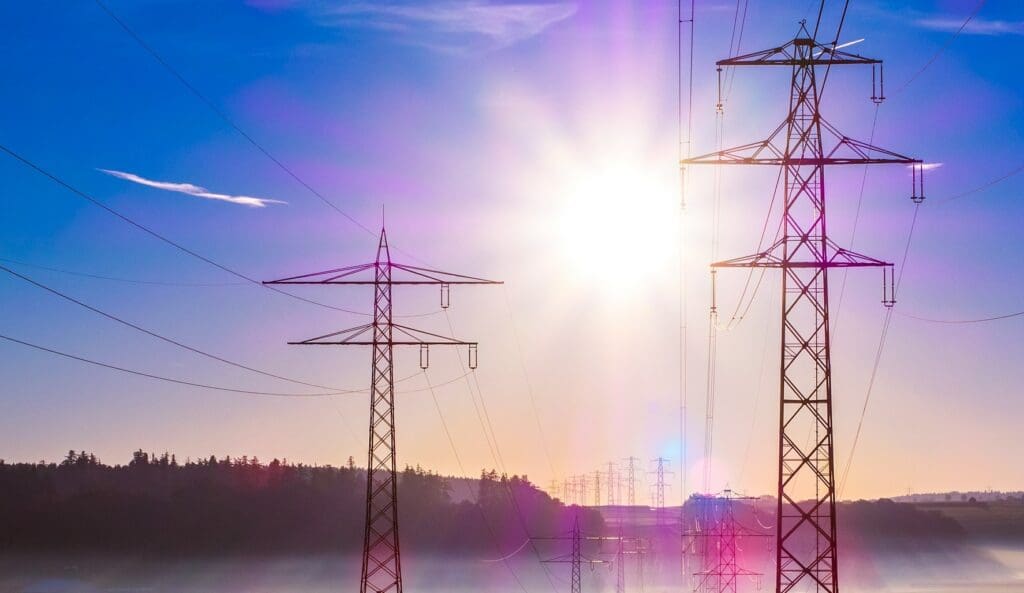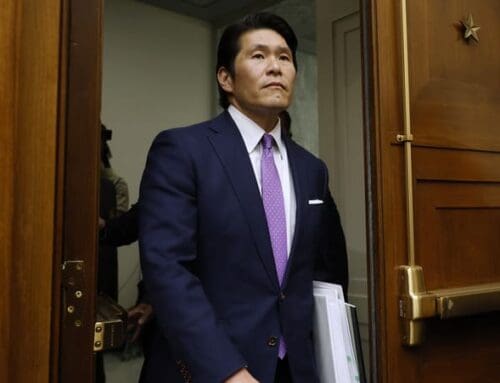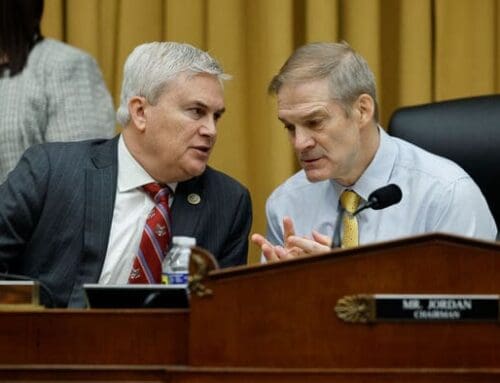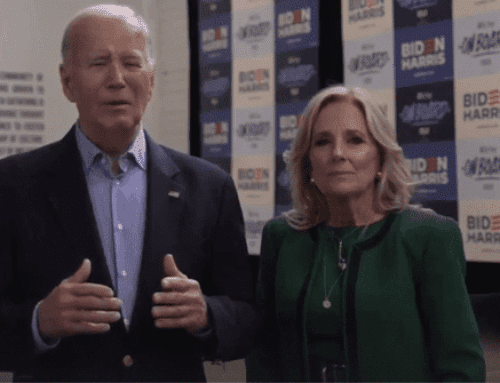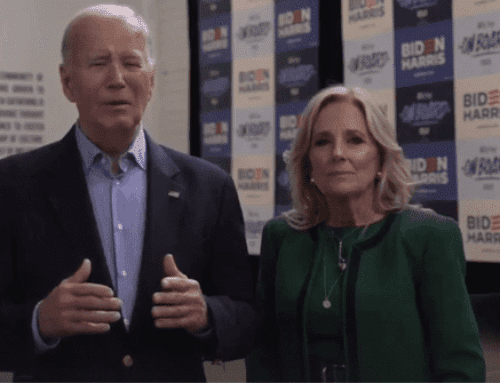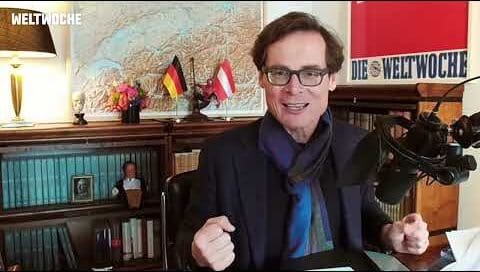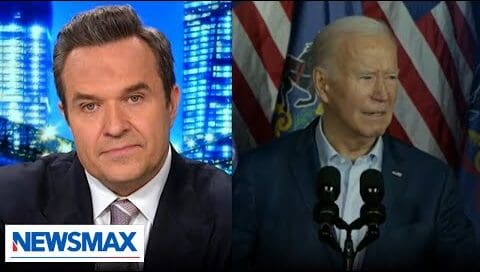

The Whipsawed American Economy: A Perfect Storm Coming?
This is a tricky time for the US economy. The global pandemic unleashed in 2020 when a deadly virus escaped from central China caused unprecedented turmoil. The economy was hurled into recession, millions of jobs were lost. Confidence was revived only by timely stimulus payments that put cash in the pockets of business and consumers. Simultaneously, the Federal Reserve opened the money spigots, taking interest rates to zero, an action investor Warren Buffett says averted global depression.
Two and a half years later, the worst appears over. But in the pandemic’s aftermath the economy is buffeted by unanticipated effects of those remedial actions. Several current anomalies are traceable to the pandemic—the explosion in online shopping, the disruption of traditional retail, the work from home movement, supply shortages, distortions in the labor force, volatile commodity prices, and most of all–soaring inflation and the savage tightening of monetary policy to combat it. Consider the following.
Growth
As China shut down and the world economy struggled, US growth was plunged into reverse with GDP contracting 3.4% in 2020. Then, because of stimulus and pent-up demand, GDP rebounded rapidly to 5% plus growth in 2021. Now more than halfway through 2022, consumers are whipsawed by generation-high inflation and a doubling of interest rates, making growth predictions for the year problematic.
Monetary Policy
Following a successful playbook from the 2008 financial crisis, the Federal Reserve in 2020 quickly cut short-term rates to zero. In addition, the Fed pumped billions into the economy. But when inflation – quiescent for a decade – began to soar in 2021 the Fed reversed course and this year began raising rates. Slamming on the monetary brakes is likely to slay inflation but will it trigger a recession? Interest rate analyst Jim Grant says yes, calling the scale of rate rises unprecedented, making a recession inevitable. Home price rises have already slowed and mortgage interest rates have doubled since January.
Price Rises
This is a big one for American consumers. In 2020 US consumer price inflation was only 1.4% but it tripled to 7% in 2021 as Covid-related supply chain disruptions and absenteeism led to shortages and price rises. Lumber, used car, and commodity prices soared. Oil prices trebled from 2020. Stimulus payments worked too well, meaning there was too much money chasing too few goods, triggering further price rises. By mid-2022 US inflation was at a 41-year high of 9.1%.
Fiscal Stimulus
In retrospect it was too big and contributed to the inflationary surge. Stimulus arrived in three waves, $2 trillion in March and April of 2020, $900 billion in December, and then another $1.9 trillion in March 2021. Altogether it totaled a whopping $5 trillion. Taking away that huge inflow of money whipsawed consumers. Money that had fattened wallets was no longer coming in. The consumer may still be healthy but there’s growing uncertainty about the future.
Employment
At its nadir in 2020 some 23 million Americans had lost their jobs. But thanks to stimulus and the revival in economic activity the US economy has been creating half a million jobs each month. There are worker shortages with twice as many jobs available than being filled. The unemployment rate whipsawed from a Covid-19 high of 6.5% to 3.5% in two years.
Equity Prices
This too is scary because many investors never experienced a real bear market. The last big decline coincided with the global financial crisis from October 2007 to November 2008 when US equity prices fell 52% over a 408-day period. Younger investors know only bull markets like the 400% rise in the S&P from March 2009 to February 2020, the longest bull market in US history. Now trillions of dollars have been lost from the 20% decline in the S&P since the beginning of the year. Whipsawed from winning big to losing big, investors wonder if a bottom has been reached or is there more distress ahead?
Then, of course, there is the war in Ukraine that is impacting food and energy prices.
If you’re an optimist you might say, wow, we’ve avoided a Covid-19 depression. Things are headed toward normality. A bullet has been dodged. Anti-virus vaccines were developed in record time. Of course, that is little comfort to the six million people who have died, including over one million deaths in the United States.
The dictionary says you’re whipsawed when you’re being pulled rapidly from one direction to another. Conversely, a perfect storm typically applies to weather; a convergence of climatic factors that come together with devastating effect.
Today’s US economy is becalmed. But there is anxiety beneath the surface. Individuals are being whipsawed between growth and no growth, soaring inflation and rising interest rates, Covid over and Covid reappearing. No wonder the International Monetary Fund says the outlook “is gloomy and uncertain.”
The views of the writer are not necessarily the views of the Daily Friend or the IRR
If you like what you have just read, support the Daily Friend

